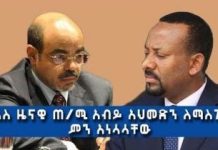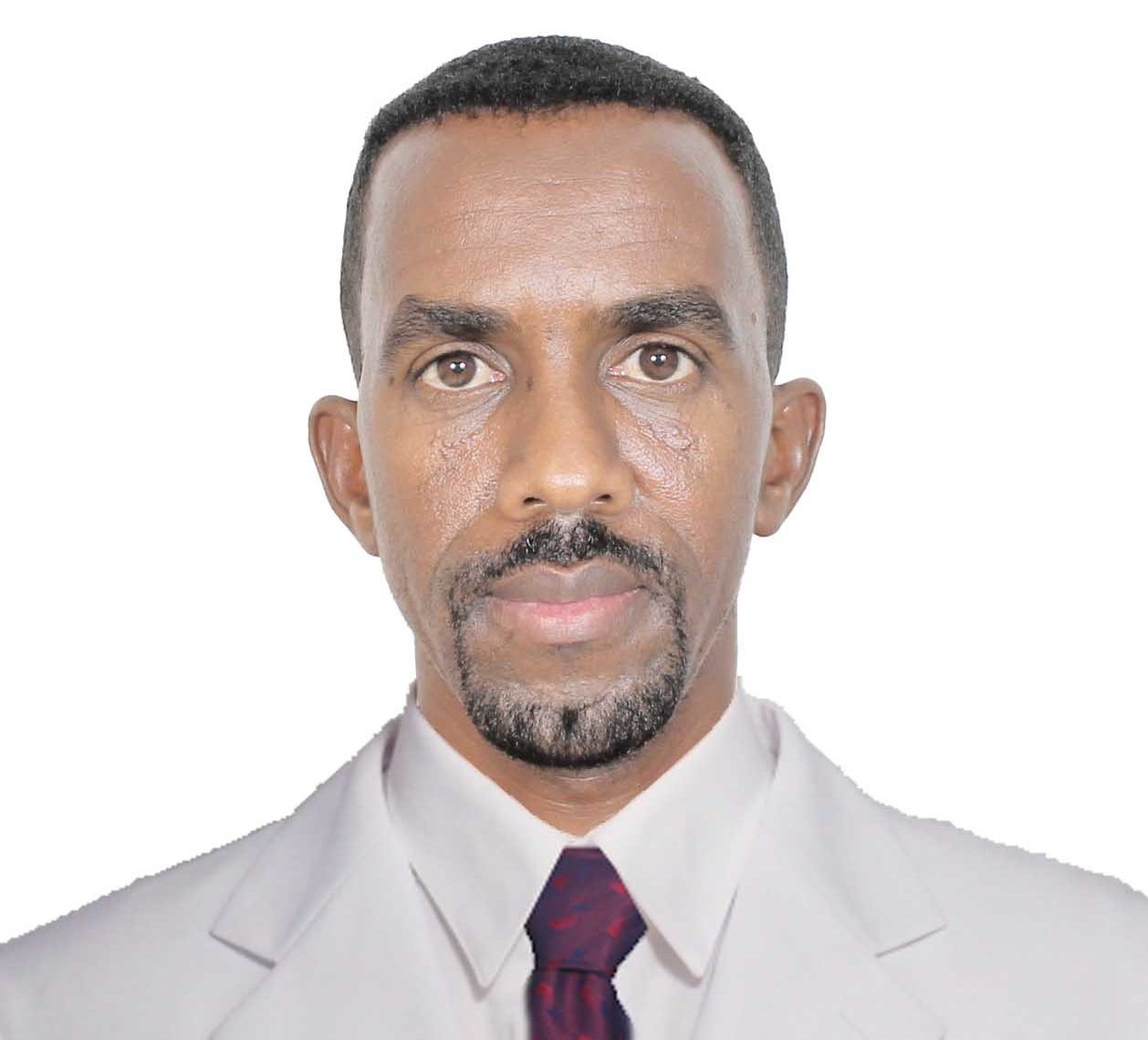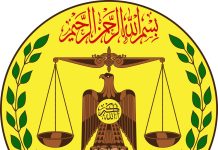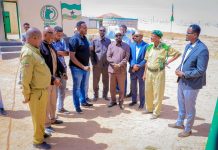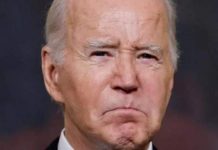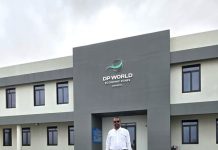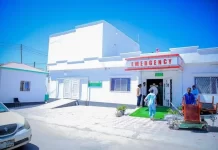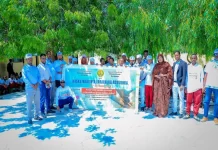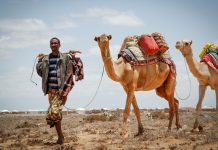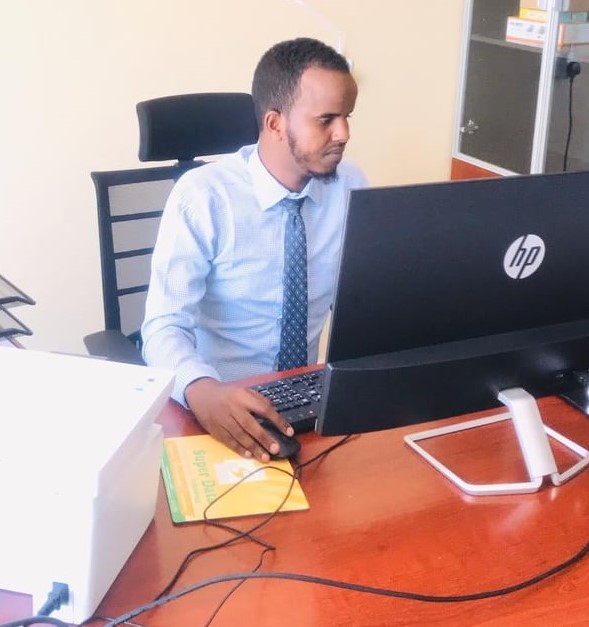Introduction
Before I look Somaliland Fiscal Year Budget 2021 in detail, I must say a word or more about the definition of budget. A budget is a financial statement of estimated revenue and expenses based on future plans usually a year and goals of a government for a certain period. In another words budget is the annual financial plan or economic strategy for nation, it shows how revenue will be raised, and how these funds will be used to address specific needs of country. Also, budget is an annual statement of a country’s expected revenue and expenditure. It is the most important tool that government uses to translate development aspirations of the nation into reality.
The budget helps the government to prioritise the different needs of country; whether it is strengthening the economy, maintaining security, promoting good governance, empowerment of provinces and districts, supporting vulnerable sectors, or improving livelihoods- and make sure the responsible ministries, departments, agencies or programmes get to access to the resource they need. The budget is prepared to present the government’s revenues and spending plans to accelerate socio- economic transformation that the government uses to allocate public resources among identified priorities agreed upon through different consultative forums where citizens participate. The parliament approves the budget at central level and the district council for decentralized entities. On 8th Dec 2020, Minister of Finance Dr. Sacad Ali Shire presented fiscal year budget 2021 to the House of Representatives.
Article 55 (sub-4) of the Constitution mandates the executive branch of the government to prepare the annual fiscal budget as well as the ensuing final accounts, while the House of Representatives reviews, debates and has the power to make amendment before it is finally approved. Therefore, in this report by using budget data from the 2021 Financial Year, we will make a number of analyses regarding the budget source of revenues, allocations, spending priorities and mismatches. Also, we focus on efficiency, effectiveness, transparency, prioritization of expenditure rationalization activity, service and projects, Where the increase will come, how the regions and departments allocated in the FY of Budget 2021.
Budget and Economic Overview
Somaliland is an independent state in the Horn of Africa which stands for peace, democracy, stability, prosperity, and cooperation in the region, officially declared independence from Somalia in 1991. Somaliland has open borders and an open economy, its heavily dependent on international trade (specially import goods), livestock, remittance, and grants. It shares boundaries with Djibouti on the West, Ethiopia in the South, Somalia in the East, and Yemen to the North.
Somaliland’s GDP amounted to $2.5 billion with GDP per capita estimated yearly at $566 and on living less than $1.5 per day (PPP). The 2020 GDP growth rate was recorded slightly decline but projected to grow at a conservative rate of 2% per year in the mid-term of 2021. Almost 30% of GDP is derived from livestock followed by 24% from trade, 22% from remittance, 8% from crops, 7% from tax revenue, 6% from real estate activities and 3% other sectors[1]. While the state lacks official international recognition, the population of around 4 million, food insecurity and poverty remain prevalent in many regions of the country more than 1 of 3 people in rural and more than 1 of 4 people in urban living poverty. Furthermore, it has very low levels of investment and low employment to population ration, with 28% for males and 17% for females[2].
According to the Africa Development Bank, (Economic Outlook Paper) East Africa is leading the continent in economic development with an estimated GDP growth of 5.1% in 2020 (pre Covid-19), followed by North Africa with an estimated GDP growth of 4.9%. West Africa comes in 3rd with 3.3% GDP growth, followed by Central Africa with a 2.2% growth and Southern Africa with a 1.2% estimated GDP growth. Rwanda is in the lead as the fastest growing economy with a predicted 7.8% economic growth in 2021, while Ethiopia is a close second at 7.2%; Tanzania follows at 6.6%; Kenya at 6%, Djibouti at 5.9%, Uganda at 5.3% and the Somalia economy was expected grow by 2.9%. All East African countries were projected to positively contribute to the growth, expect for Sudan whose economy was projected to slow by 1.6% in 2020 due to conflict. The region’s growth is largely driven by strong public expending in infrastructure, rising domestic demand, the benefit of improved stability, new investment opportunities and incentives for industrial development[3].
Somaliland economy has been hit hard by Corona Virus, locust, pilgrimage restrictions and traffic disruptions. In the first six month of previous year recorded a trade deficit of $161 million and decline of 7.5%, imported $230 million worth of goods and exported $230 million. Due to the country high depend on imports, this was led to instability and imbalance trade… Read more Somaliland Budget Analysis 2021

